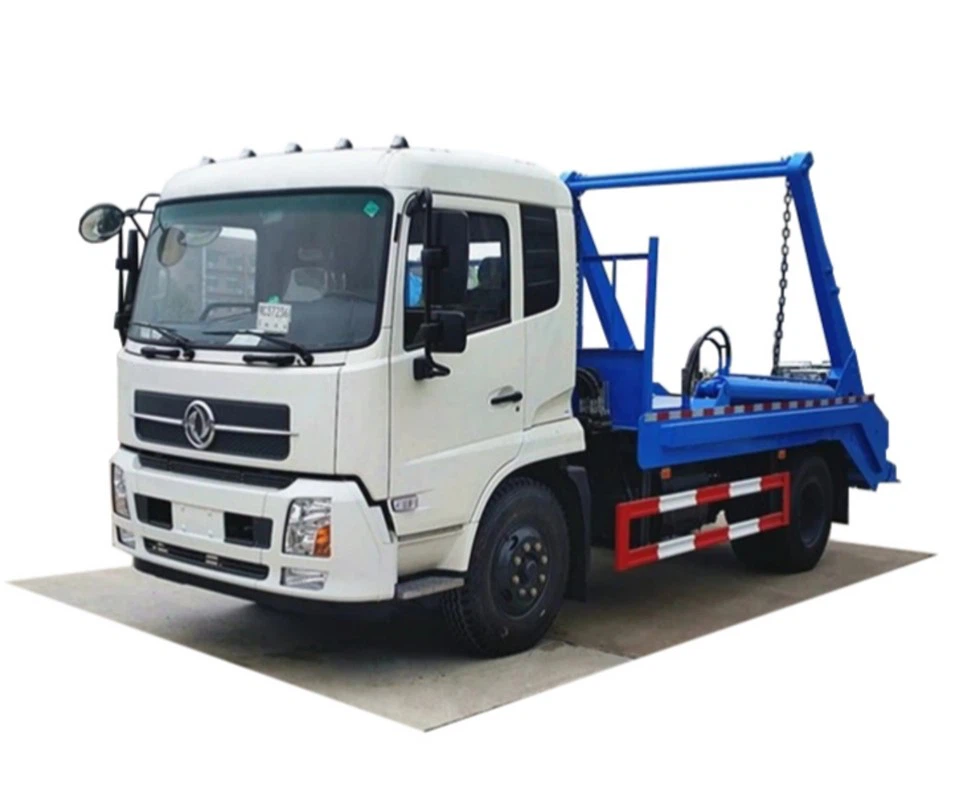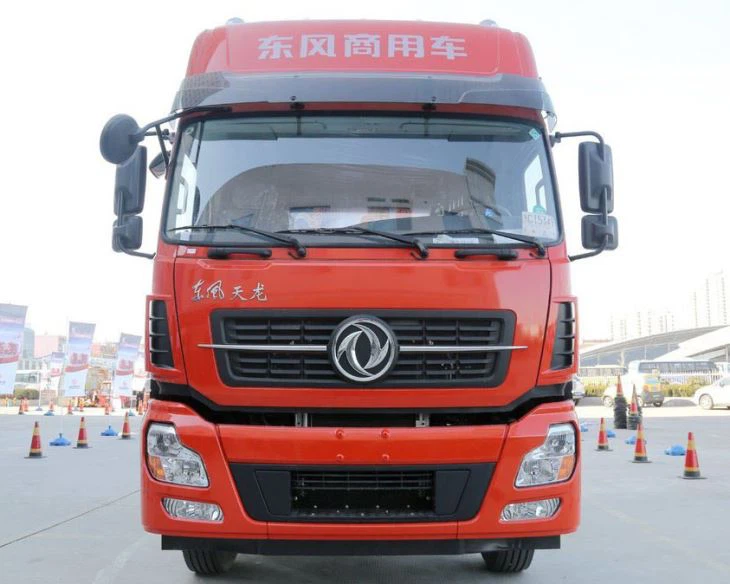Understanding Fire Trucks with Water: Their Importance and Functionality

Fire trucks equipped with water tanks and hoses are essential for firefighting efforts. These vehicles play a crucial role in protecting lives and property from fire hazards. This article explores the significance, components, functionalities, and operational aspects of fire trucks with water.
What is a Fire Truck with Water?
A fire truck with water, often referred to as a fire engine, is a specialized vehicle designed to transport firefighters and firefighting equipment, including a significant water supply. These trucks are essential for effective firefighting operations, enabling the quick response to emergencies.

Key Components of Fire Trucks with Water
- Water Tank: A key feature, often holding thousands of gallons of water.
- Pumps: High-capacity pumps that can draw water from tanks or nearby sources.
- Hoses: Equipped with various hoses for different firefighting needs.
- Tools and Equipment: Includes ladders, nozzles, and protective gear.
Types of Fire Trucks with Water
Fire trucks come in various designs and functionalities tailored for specific firefighting tasks. Common types include:
1. Pumper Trucks
Pumper trucks are the most common type, equipped with a water tank and a pump to deliver water directly onto the fire.

2. Tanker Trucks
These trucks carry a large volume of water and are essential in areas without a reliable water source.
3. Aerial Trucks
Aerial trucks are designed with ladders or platforms that extend high, allowing firefighters to reach elevated fires.
4. Brush Trucks
Smaller trucks designed for wildland firefighting, equipped with water tanks and off-road capabilities.
The Importance of Water in Firefighting
Water serves as a primary element in firefighting due to its efficiency in extinguishing fires. Here’s why water is crucial:
Effective Cooling
Water cools down fire, reducing temperatures to prevent re-ignition. It effectively absorbs heat energy, allowing firefighters to control and extinguish flames.
Fire Suppression
By applying water directly onto flames, firefighters can suppress the fire’s intensity and prevent it from spreading to nearby structures or areas.
Creating Firebreaks
Water can create temporary firebreaks in wildland firefighting, helping to contain the spread of flames.
How Fire Truck Water Systems Work
Understanding the operational aspects of water systems in fire trucks can help appreciate their effectiveness in firefighting.
Water Intake
Fire trucks can draw water from various sources, including:
- Hydrants: Conventional urban water supply points.
- Natural Sources: Rivers, lakes, and ponds in rural areas.
- Water Tankers: Other vehicles delivering water in remote locations.
Pumping Mechanism
The pumping system is responsible for delivering water from the tank to the hoses. Key components include:
- Front-mounted Pumps: Allows for efficient operation while parked.
- Portable Pumps: Can be deployed when additional water supply is needed.
Hose Deployment
Firefighters utilize various hoses depending on the fire’s scale:
- Attack Hoses: High-pressure hoses typically deployed for direct firefighting.
- Supply Hoses: Carry water from the hydrant to the pumper.
Maintenance of Fire Trucks with Water
Regular maintenance of fire trucks ensures they remain operational when emergencies arise. This includes:
Routine Inspections
Firefighters conduct regular checks of the water tank, pumps, hoses, and other components to ensure they function properly.
Repairs and Servicing
Any damages or wear are promptly addressed through repairs or part replacements to maintain performance levels.
Cleaning Procedures
Cleaning the water tanks and hoses is critical to prevent contamination and ensure water quality during firefighting operations.
Fire Trucks with Water in Action: Case Studies
Real-life instances provide insight into the effectiveness of fire trucks with water. Here are a couple of notable examples:

Wildfires in California
During the California wildfires, fire trucks with water played a significant role in controlling the blazes. Tanker trucks delivered water to remote areas, allowing ground crews to establish containment lines.
Urban Fire Response in Chicago
In Chicago, pumper trucks responded to high-rise fires, employing aerial methods to reach upper floors while utilizing hoses for direct water application, showcasing the versatility of fire trucks with water in dense urban areas.
Training for Firefighters Using Fire Trucks with Water
Effective training is essential to maximize the capabilities of fire trucks with water.
Hands-On Training Sessions
Firefighters participate in exercises focusing on hose deployment, water flow techniques, and pump operation to improve efficiency during real emergencies.
Simulation Drills
Mock drills simulate various scenarios involving fire truck operation, ensuring firefighters are prepared for different firefighting environments.
Regular Reviews and Updates
Fire departments regularly review and update training methods to incorporate new technology and techniques in firefighting.
Innovations in Fire Truck Water Systems
The firefighting industry continuously innovates to improve efficiency and effectiveness. Some trends include:
Smart Technology Integration
Modern fire trucks are adopting smart technologies for real-time monitoring, providing data that enhances decision-making during operations.
Eco-Friendly Solutions
Newer pumping systems are designed to minimize water usage while maximizing fire suppression capabilities, supporting environmental sustainability.
Frequently Asked Questions (FAQ)
1. What is the average water capacity of a fire truck?
The average water capacity of a fire truck varies widely, but most pumper trucks hold between 500 to 2,000 gallons of water.
2. How do fire trucks refill their water tanks?
Fire trucks can refill from hydrants, water sources like lakes or rivers, or from other tanker trucks.
3. How long can a typical fire truck sustain a firefighting effort?
Fire trucks can sustain water supply and firefighting efforts for about 5 to 30 minutes, depending on the flow rate and water capacity.
4. Are fire trucks with water used exclusively for fires?
No, fire trucks with water can also be used for rescue operations and other emergencies that require water delivery, such as hazardous material spills.
5. What training do firefighters receive for using fire trucks?
Firefighters undergo comprehensive training that includes hands-on practice with equipment, emergency response strategies, and safety protocols.
6. How do different types of fire trucks function in firefighting?
Different types of fire trucks, such as pumper trucks and aerial trucks, serve specific purposes, from delivering water to elevated structures to transporting large volumes of water in remote areas.
Conclusion
Fire trucks with water are vital assets in firefighting. Their design, components, and operational capabilities are tailored to effectively fight fires, safeguard communities, and support emergency response efforts. Understanding their mechanisms can lead to greater appreciation and better strategies in firefighting practices.
